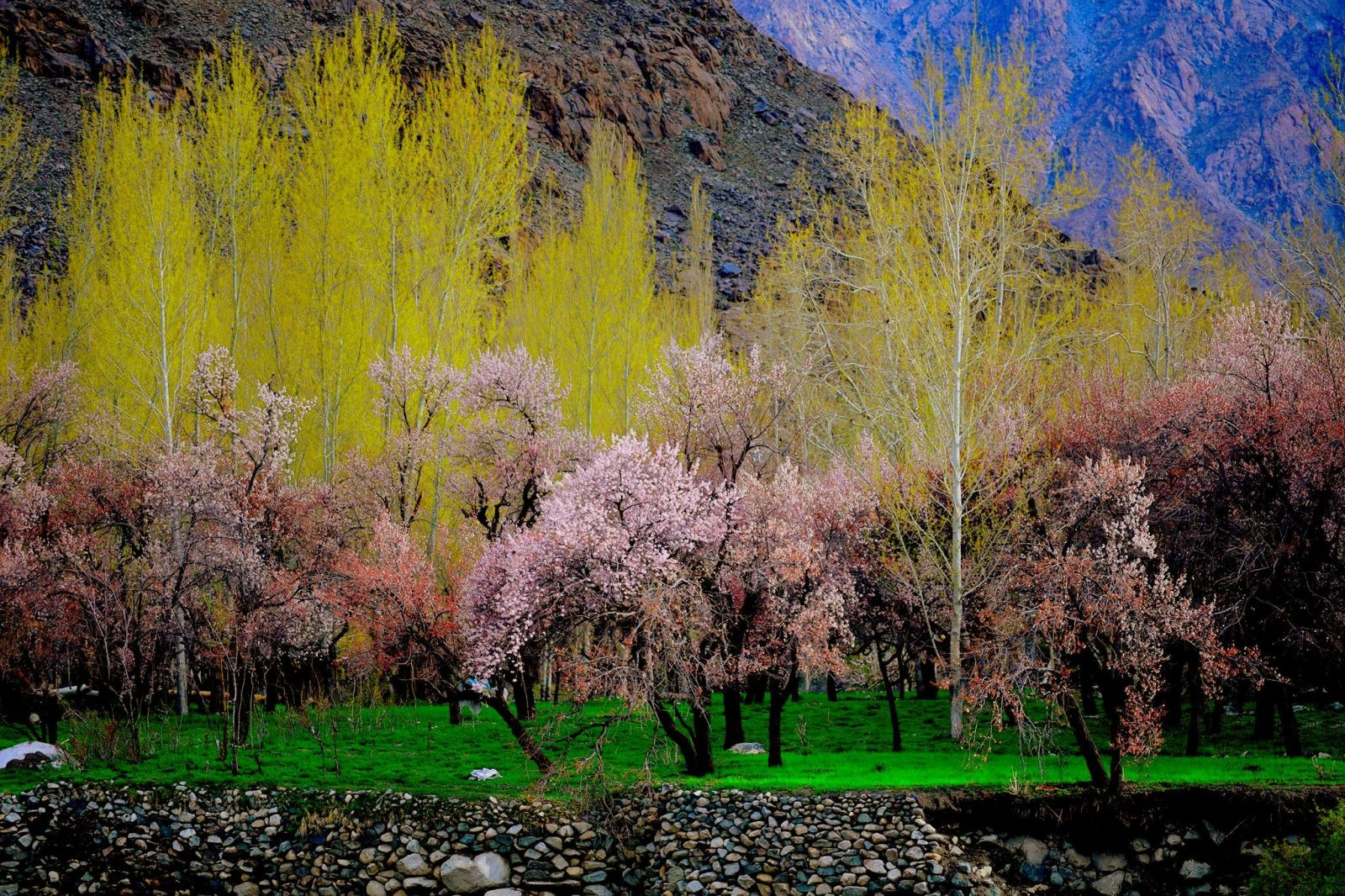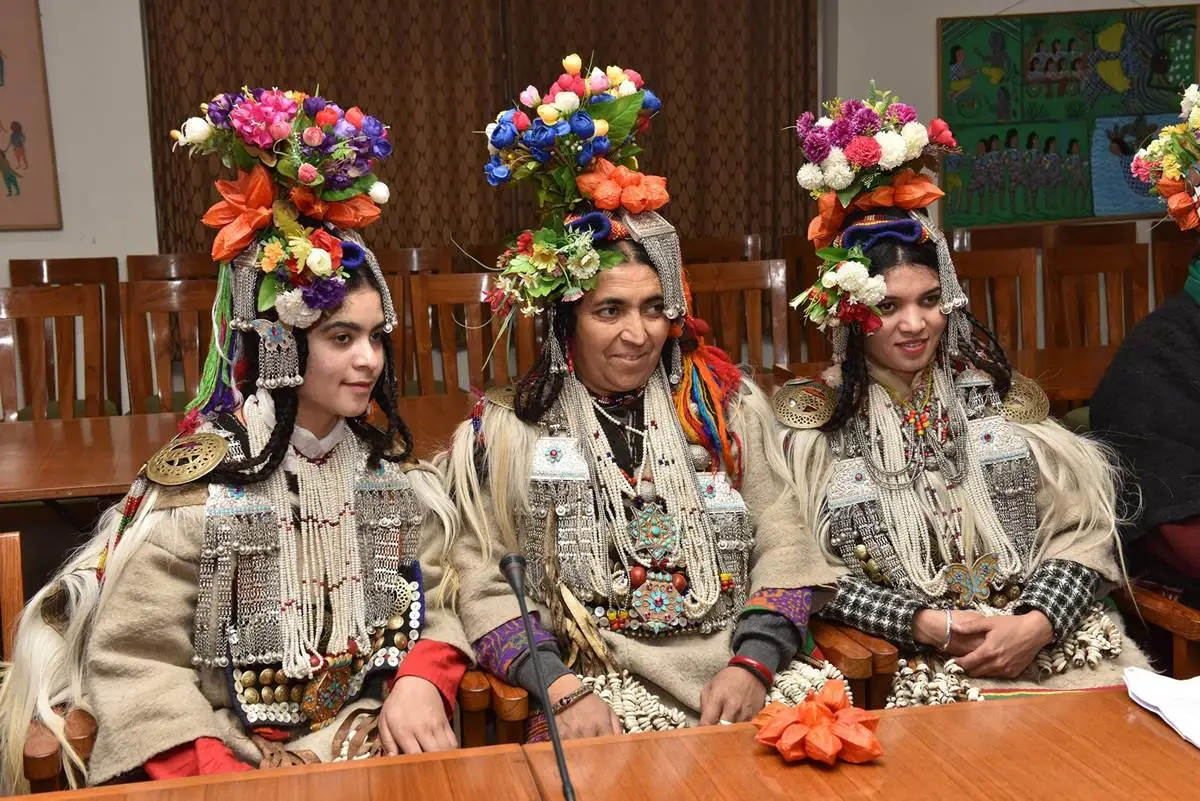Aryan Valley in Ladakh: The Truth Behind Pregnancy Tourism & How to Explore This Hidden Himalayan Gem
Beyond the Popular Ladakh Trail
Ladakh is often pictured through the lens of famous passes like Khardung La, the turquoise waters of Pangong Lake, and epic road trips through barren landscapes. But tucked away in a lesser-explored corner of this high-altitude desert lies a place unlike anywhere else — a living museum of culture, heritage, and mystery.
Welcome to the Aryan Valley in Ladakh, where ancient traditions meet Himalayan charm, and where myths have long clouded the reality of a peaceful and proud community. Beyond the dramatic headlines and sensational rumors lies a story of resilience, identity, and authenticity.
If you’re planning a trip to Ladakh, this corner of the region offers something far more immersive than the usual sightseeing — a journey into a cultural legacy that’s still alive, beating strong against time.
What Exactly Is the Aryan Valley?
The Aryan Valley, also known as the Brokpa or Drokpa region, is a cluster of remote villages — Dah, Hanu, Garkon, and Darchik — located near the Line of Control with Pakistan. What makes these villages so unique isn’t just the location, but the people themselves.
The Brokpa community is believed to have preserved their distinct Aryan heritage for centuries. From their vibrant floral headgear and striking features to their ancient customs, they stand apart even in a land known for diversity. Walking through these villages feels like stepping into a different timeline — one that has resisted the erosion of modernity, but welcomes respectful curiosity.
Let’s Address the Elephant in the Room: Pregnancy Tourism
There’s a long-standing rumor tied to this valley — a bizarre narrative known as "pregnancy tourism." The theory goes that outsiders, particularly foreign women, visit the Aryan Valley hoping to conceive children with the locals due to perceived “pure” genetics.
It’s time to cut through the noise: this is a myth. The people of the Aryan Valley are not part of some strange fertility fad. In fact, most locals find this idea not just untrue, but offensive. They are proud of their heritage, and while they do welcome visitors, the idea of treating their identity as some sort of genetic commodity is deeply disrespectful.
This valley deserves attention — not because of sensational headlines — but because it’s an incredibly rare example of cultural continuity in our fast-changing world.
What Makes the Aryan Valley So Special?
1. Unspoiled Natural Beauty
Surrounded by jagged cliffs and fed by the Indus River, the landscape here is lush in summer and starkly beautiful in winter. Apricot trees blossom in spring, and fields of barley wave in the mountain breeze. It’s quieter than the popular Ladakh trails — no honking bikes, no busy tea stalls, just the sound of wind and footsteps.
2. Deep Cultural Immersion
You’re not just passing through; you’re stepping into a way of life. The Brokpa people wear traditional attire daily, speak their own dialect, and celebrate unique rituals. Local homestays open the door to real conversations and shared meals — expect butter tea, barley bread, and stories of ancestral migrations.
3. Authentic Festivals
If you time it right, you might witness a local celebration with music, floral crowns, and dances that echo through the valley. These aren’t performed for tourists — they’re part of real community life, and being allowed to witness them is an honor.
How to Visit the Aryan Valley
-
Distance from Leh: About 160 km, a 4 to 5-hour drive. It’s best visited by a private vehicle or in a small group.
-
Permit Requirement: Yes, this is a border-sensitive area. Indian citizens need an Inner Line Permit (ILP), while foreign nationals may require additional clearance.
-
Best Time to Visit: May to September is ideal for lush greenery. Winter months are extremely cold and only suitable for experienced travelers.
-
Accommodation: Basic homestays are available — clean, warm, and filled with hospitality, but don’t expect luxury.
Ladakh in December: For the Bold, the Brave, and the Dreamers
Now let’s talk about something else entirely — what happens when you decide to experience Ladakh in December?
Let’s be honest: it’s not for everyone. The cold is biting, roads may be icy, and you can forget about fancy cafés and smooth rides. But if you’re willing to embrace the chill, Ladakh in winter will give you a raw, magical experience that few others get to witness.
This is Ladakh stripped to its bones — fewer tourists, frozen lakes, monasteries blanketed in snow, and starlit skies so clear they feel unreal.
What You Can Expect in December
1. Silent Monasteries, Loud Energy
The same monasteries that see thousands of tourists in summer turn into quiet havens. Monks continue their rituals, prayer wheels spin slowly in the frost, and if you’re lucky, you might be invited inside for a butter tea to warm up.
2. Stunning Winter Landscapes
Frozen rivers, snow-capped peaks, and silence — that’s the scenery. Lakes like Pangong and Tso Moriri may be partially frozen, and the landscapes transform into a white dreamscape.
3. Adventure with Responsibility
Planning to do the Chadar Trek? December marks the beginning of the ice forming over the Zanskar River. It’s thrilling, but it’s also dangerous if you’re not prepared. Always go with experienced guides.
Tips for Visiting Ladakh in December
-
Layer Like a Pro: Thermal base, wool mid-layer, windproof outer. Add good gloves, insulated boots, and don’t forget lip balm.
-
Oxygen Is Lower: Acclimatize properly in Leh before venturing higher. Carry portable oxygen if needed.
-
Check Road Conditions: Roads to Nubra, Pangong, and Aryan Valley may close due to snowfall. Always have a backup plan.
-
Stay Connected: Only postpaid SIMs from BSNL, Airtel, or Jio work here — and even those can be patchy. Offline maps and pre-downloaded travel info are lifesavers.
-
Stay Warm in Homestays: Most homes don’t have central heating. Hot water bottles, thick quilts, and good company help.
So, Should You Combine the Two?
Can you visit both Aryan Valley and experience Ladakh in December in one trip? Technically yes, but it depends heavily on the weather. Aryan Valley is remote and often inaccessible in deep winter due to snow. If you’re aiming for this in December, be flexible and prepared for last-minute changes.
For most travelers, it's best to visit Aryan Valley during the warmer months and return to Ladakh in winter for a completely different experience.
Final Thoughts: Myths, Mountains & Meaningful Travel
The Aryan Valley in Ladakh is not a curiosity to be consumed, but a story to be respected. The idea of pregnancy tourism may have grabbed headlines, but the real truth lies in the people, their traditions, and the way they live in harmony with nature.
On the flip side, Ladakh in December challenges you. It’s not about comfort — it’s about clarity. The cold strips everything unnecessary away, leaving just you, the mountains, and moments that stay with you long after you've returned.
If you want a Ladakh trip that’s deeper than Instagram posts and motorcycle selfies, put these two on your map. Just remember: respect the land, the people, and the silence.
That’s where the real adventure begins.

Comments
Post a Comment